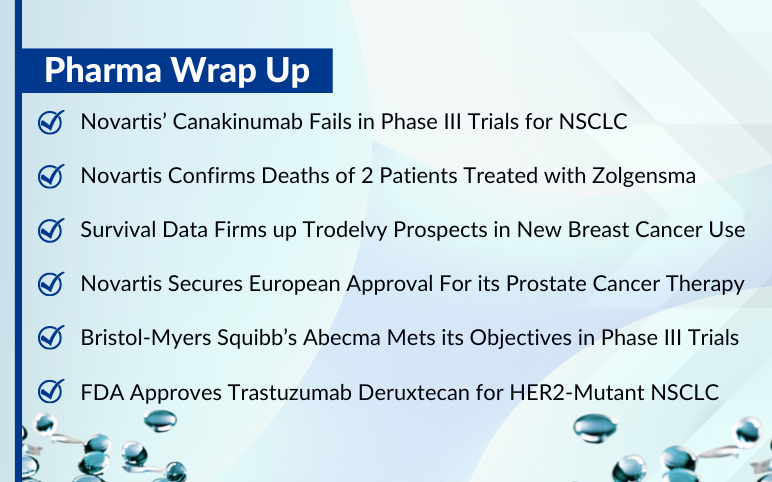Juvenile Idiopathic Arthritis (JIA) is an inflammation in the synovial membranes and the most chronic rheumatoid disorder in children and adolescents. The aim of Juvenile idiopathic arthritis treatment is to control pain; to preserve the range of motion (ROM), muscle strength, and function, manage systemic complications, enable standard nutrition, and physical and psychological development.
Juvenile Idiopathic Arthritis Treatment
Besides several nondrug treatments, there are therapies like physical therapy, occupational therapy, rest, moist heat, individualized joint support (i.e., splints, casts, canes or crutches), and others that help ease Juvenile idiopathic arthritis pain. Drug therapies such as Steroids, and Disease-modifying drugs (DMARD) (Cytotoxic Agents, Biologic Response Modifiers), Nonsteroidal anti-inflammatory drugs (NSAIDs) are used for managing the
Juvenile idiopathic arthritis symptoms. NSAIDs are the mainstay for decades in juvenile idiopathic arthritis treatment.
The FDA approved NSAIDs such as Naproxen, Ibuprofen, Meloxicam, Indomethacin, Tolmetin, and others hinder the cyclooxygenase pathway of arachidonate metabolism, hindering the pro-inflammatory prostaglandins
formation.
Methotrexate is the second-line drug of choice for children with JIA for which NSAIDs or steroids or both together proved to be ineffective or inappropriate. Methotrexate has shown to be both efficacious and safe. The inflammatory synovitis in JIA is maintained by a panoply of cytokines, among which TNF-α is a significant contributor. Hence, TNF-α Inhibitors are used to tackle JIA shortly after its manifestation. Etanercept, at present, is the only TNF-inhibitor approved for use in JIA. It is a chimeric molecule of a soluble TNF receptor coupled to the Fc fragment of IgG1 given by subcutaneous injection. It lowers the number of free TNF-α available for maintenance of the inflammatory synovitis of JIA.
Abatacept is the most recently approved biologic agent for Rheumatoid Arthritis treatment. It works by blocking a cell activation signal from the antigen-presenting cell to the T-cell, rather than acting as a cytokine inhibitor.
In the case of refractory situations, cytotoxic agents, such as azathioprine, cyclophosphamide, chlorambucil, mycophenolate mofetil, and cyclosporine are used.
There is no standard Juvenile Idiopathic Arthritis treatment algorithm management. To fulfil the current unmet need research is going on to develop therapies for Juvenile Idiopathic Arthritis treatment. Overall, the rising prevalent population, technological advancements and development of emerging therapies shall drive the overall Juvenile Idiopathic Arthritis market during the forecast period [2019–2028].
There is a slew of companies that are involved in developing effective therapies for Juvenile Idiopathic Arthritis treatment such as Sanofi/Regeneron Pharmaceuticals, Eli Lilly, Pfizer, Eupraxia Pharmaceuticals, and many others. The drugs developed by companies that are under development in various phases such as Baricitinib (Eli Lilly), Sarilumab (Sanofi/Regeneron), Tofacitinib (Pfizer), and many others. Baricitinib (Eli Lilly) is a small molecule that restrains the activity of the Janus (JAK) 1 and modulates the signalling pathway at the point of JAKs, preventing the phosphorylation and activation of STATs.
Tofacitinib (Pfizer) is a Janus kinase (JAK) inhibitor which modulates the signalling pathway at the point of JAKs. The company is conducting the phase III study for Juvenile Idiopathic Arthritis treatment, and it is available in the market for Rheumatoid Arthritis treatment, Psoriatic Arthritis, and others. Sarilumab (Sanofi/Regeneron) is an interleukin-6 (IL-6) receptor, antagonist. It binds to both soluble and membrane-bound IL-6 receptors (sIL-6R and mIL-6R) and inhibits IL-6-mediated signalling through these receptors. It is jointly developed by Sanofi and Regeneron Pharmaceuticals and is available in the market by the brand name Kevzara for the treatment of adult patients with moderately to severely active rheumatoid arthritis. The launch of these emerging therapies is expected to significantly impact Juvenile Idiopathic Arthritis treatment scenario in the coming years, 2019–2028.









-Agonist.png)


